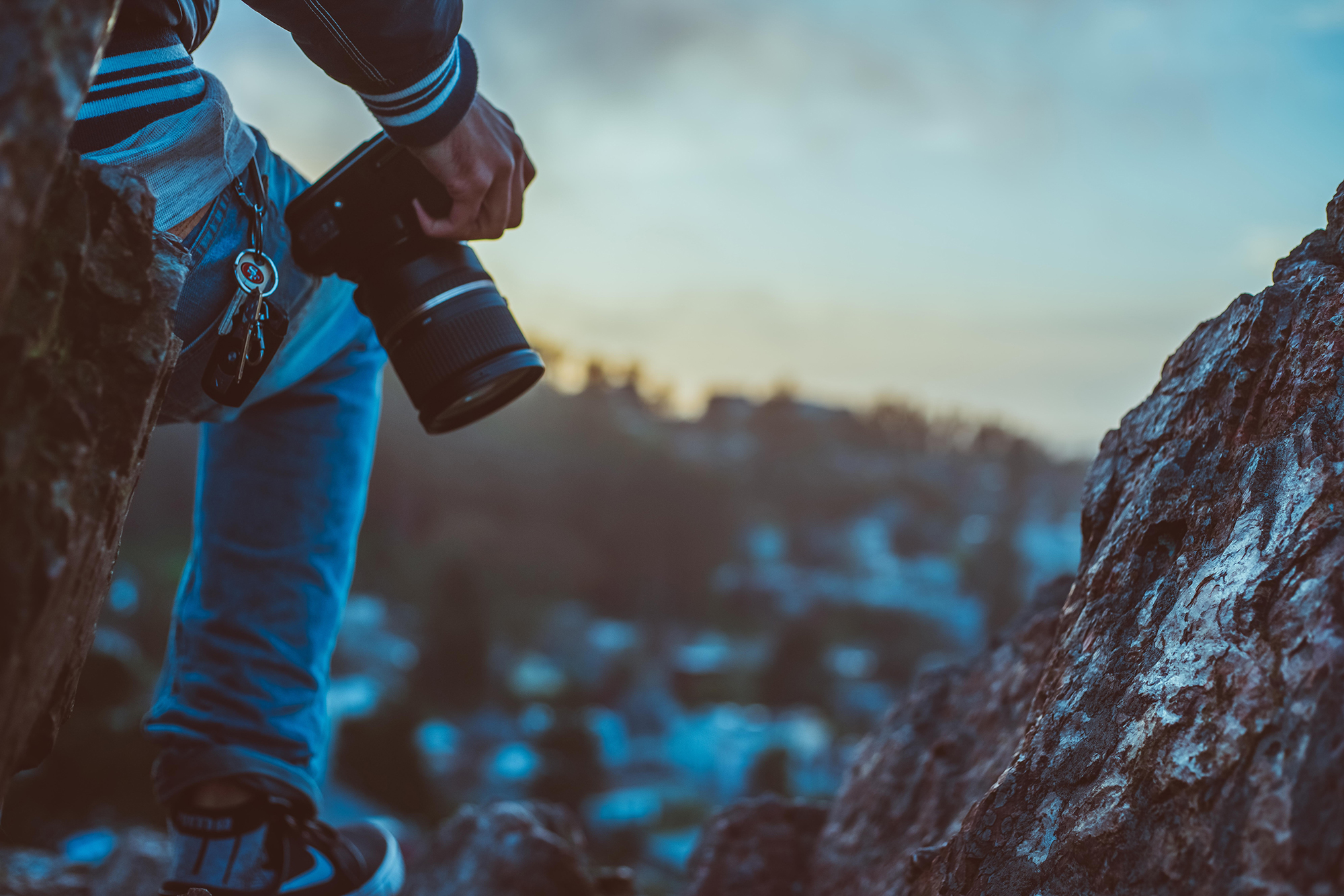Travel Photography Tips: Capturing Perfect Moments
Discover essential travel photography tips to capture perfect moments and create stunning visual memories on your journeys.

Choosing the Right Equipment
When it comes to travel photography, selecting the right equipment is crucial. While it's tempting to carry all your gear, traveling light is often more practical. A compact camera or a high-quality smartphone can be just as effective as a bulky DSLR, especially when you're on the move. Consider the types of shots you want to capture and choose lenses accordingly. A versatile zoom lens can cover a wide range of scenarios, from sweeping landscapes to intimate portraits. Don't forget about accessories like a sturdy tripod for long exposures or night shots, and extra batteries and memory cards to ensure you never miss a moment. Ultimately, the best camera is the one you have with you, so make sure it's one that suits your needs and style.
Understanding Lighting
Lighting is one of the most critical elements in photography, and understanding it can dramatically improve your travel photos. Natural light varies throughout the day, with the golden hour—shortly after sunrise and before sunset—offering soft, warm hues that are ideal for photography. Midday sun, on the other hand, can be harsh and create unwanted shadows. When shooting in bright conditions, consider using a polarizing filter to reduce glare and enhance colors. If you're photographing indoors or at night, experiment with different light sources like lamps or streetlights to create mood and atmosphere. Remember, sometimes less is more; the subtle play of light and shadow can add depth and interest to your images.
Composition Techniques
Mastering composition is essential for capturing compelling travel photographs. The rule of thirds is a classic guideline that can help you create balanced and engaging images. Imagine your frame divided into nine equal parts, and place your subject along these lines or at their intersections. This technique naturally draws the viewer's eye into the photo. Additionally, look for leading lines—such as roads, rivers, or pathways—that guide the viewer's gaze through the image. Don't be afraid to experiment with different angles and perspectives; sometimes, getting low to the ground or finding a higher vantage point can offer a fresh take on a familiar scene. Remember, breaking the rules can also lead to stunning results, so trust your instincts and creativity.
Capturing Local Culture
One of the joys of travel photography is capturing the local culture and essence of a place. To do this effectively, immerse yourself in the environment and interact with locals. Street photography is a fantastic way to document everyday life, so don't shy away from capturing candid moments. Be respectful and aware of cultural sensitivities, asking for permission when necessary. Focus on details that tell a story—whether it's the vibrant colors of a market, the intricate designs of traditional clothing, or the expressions of people in their daily routines. These elements can add depth and context to your travel photos, making them more meaningful and memorable.
Post-Processing Tips
Post-processing is an important step in refining your travel photographs. While it's easy to go overboard with editing, the goal should be to enhance your images while maintaining their authenticity. Start by adjusting basic elements like exposure, contrast, and saturation to bring out the best in your shots. Tools like Adobe Lightroom or mobile apps offer a range of features to fine-tune your photos. Experiment with filters and presets to establish a consistent style, but be mindful of over-editing, which can make images appear unnatural. Cropping can also help improve composition by removing distractions and focusing on the subject. Remember, post-processing is an art in itself, so take the time to learn and develop your skills.
Telling a Story
Great travel photography goes beyond capturing beautiful images; it's about telling a story. Think about the narrative you want to convey through your photos. Consider creating a photo series that documents different aspects of your journey, from the places you visit to the people you meet. Capturing a variety of shots—from wide-angle landscapes to close-up details—can help build a comprehensive story. Pay attention to the emotions and atmosphere of each scene, as these elements can resonate with viewers on a deeper level. As you curate your collection, remember that each photo should contribute to the overall narrative, inviting the audience to embark on a visual journey with you.